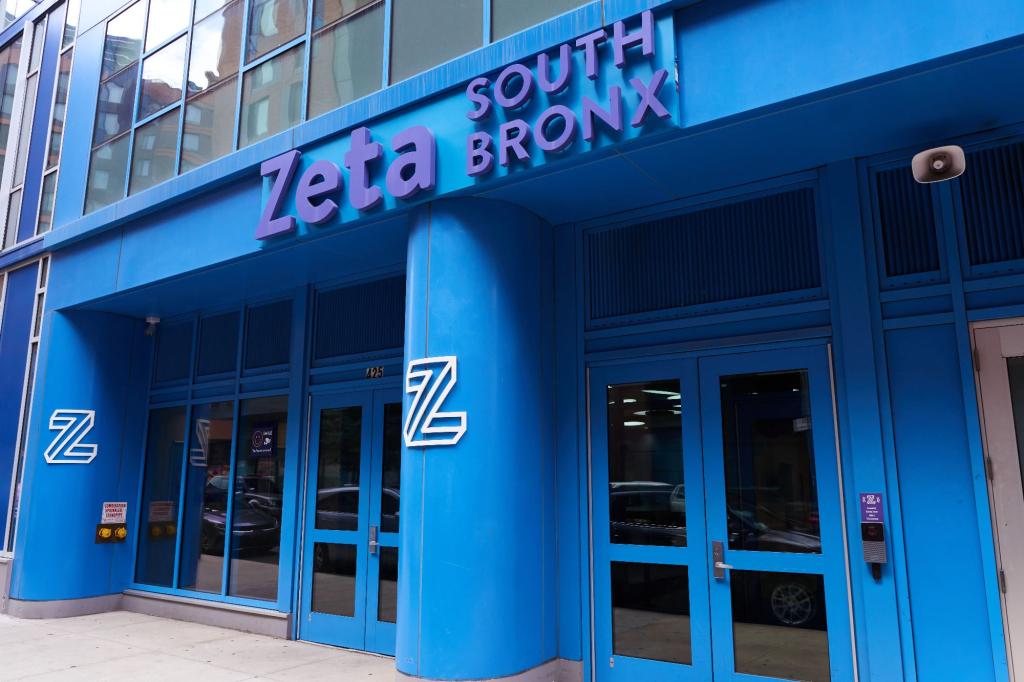Students at public charter schools in The Bronx excel on state K-8 reading and math exams, in stark contrast to the sad scores at Department of Education schools.
Why it matters
- Public charter schools in The Bronx are showing remarkable success in state K-8 reading and math tests, highlighting their effectiveness in challenging educational landscapes.
- The disparity in academic performance between charter schools and Department of Education schools raises questions about educational equity and resource allocation.
- The achievements of these charter schools may serve as a model for education reform in urban areas across the nation.
In a compelling demonstration of educational success, students enrolled in public charter schools in The Bronx have outshone their counterparts in traditional Department of Education (DOE) schools on state K-8 reading and math examinations. This stark contrast in performance not only sheds light on the potential advantages of charter schools but also calls into question the efficacy of the current public education system in New York City.
Recent data indicates that the academic outcomes for charter school students are significantly better than those for students in DOE schools. In a region often characterized by challenges such as poverty and limited resources, the success of these charter institutions offers a glimmer of hope and a pathway to excellence in education. The Bronx, often seen as one of the toughest neighborhoods in New York, is benefiting from a charter school system that appears to be effectively meeting the needs of its students.
The results of the state assessments reveal a concerning trend for traditional public schools, where scores have remained disappointing. This persistent underperformance raises critical questions about how educational policies and funding are structured, particularly in lower-income areas. Many advocates argue that the failure to provide adequate educational opportunities to all students is a systemic issue that requires urgent attention and reform.
Charter schools, which operate independently of the traditional public school system, often have more flexibility in their curricula and teaching methods. This autonomy allows them to tailor their educational approaches to better suit the unique needs of their students. In The Bronx, many charter schools have adopted innovative teaching practices and focused on creating supportive learning environments, which have undoubtedly contributed to their higher test scores.
Parents and community members have expressed their support for these charter schools, citing the positive impact they have on student engagement and achievement. Many families in the area are choosing charter schools as viable alternatives to underperforming DOE schools, hoping to secure a better future for their children. The enthusiasm surrounding charter education in The Bronx serves as an encouraging sign for those involved in the fight for educational equity.
Furthermore, the success of charter schools in this region may hold valuable lessons for educational reformers across the country. As discussions about how to enhance public education continue, the Bronx example illustrates that when given the right tools and resources, students can thrive even in challenging circumstances. The effective strategies employed by successful charter schools could be replicated in other urban environments facing similar hurdles.
However, the achievements of charter schools should also prompt critical conversations regarding the allocation of resources within the education system. As charter schools draw students away from DOE schools, it raises issues about funding disparities and the sustainability of traditional public schools. Policymakers must examine how to create a more equitable educational landscape that supports all types of schools, ensuring that every child has access to quality education.
As the educational landscape continues to evolve, the performance of Bronx charter schools serves as a powerful case study in the ongoing debate about the future of education in America. Their success story not only highlights the possibilities for improvement within the public education system but also emphasizes the need for comprehensive reforms that prioritize student outcomes above all else.
In summary, the impressive academic performance of charter school students in The Bronx stands as a testament to the potential of charter education to uplift communities and drive student success. Their achievements are not just numbers on a page; they represent the aspirations and hard work of students, families, and educators committed to making a difference in their lives.











